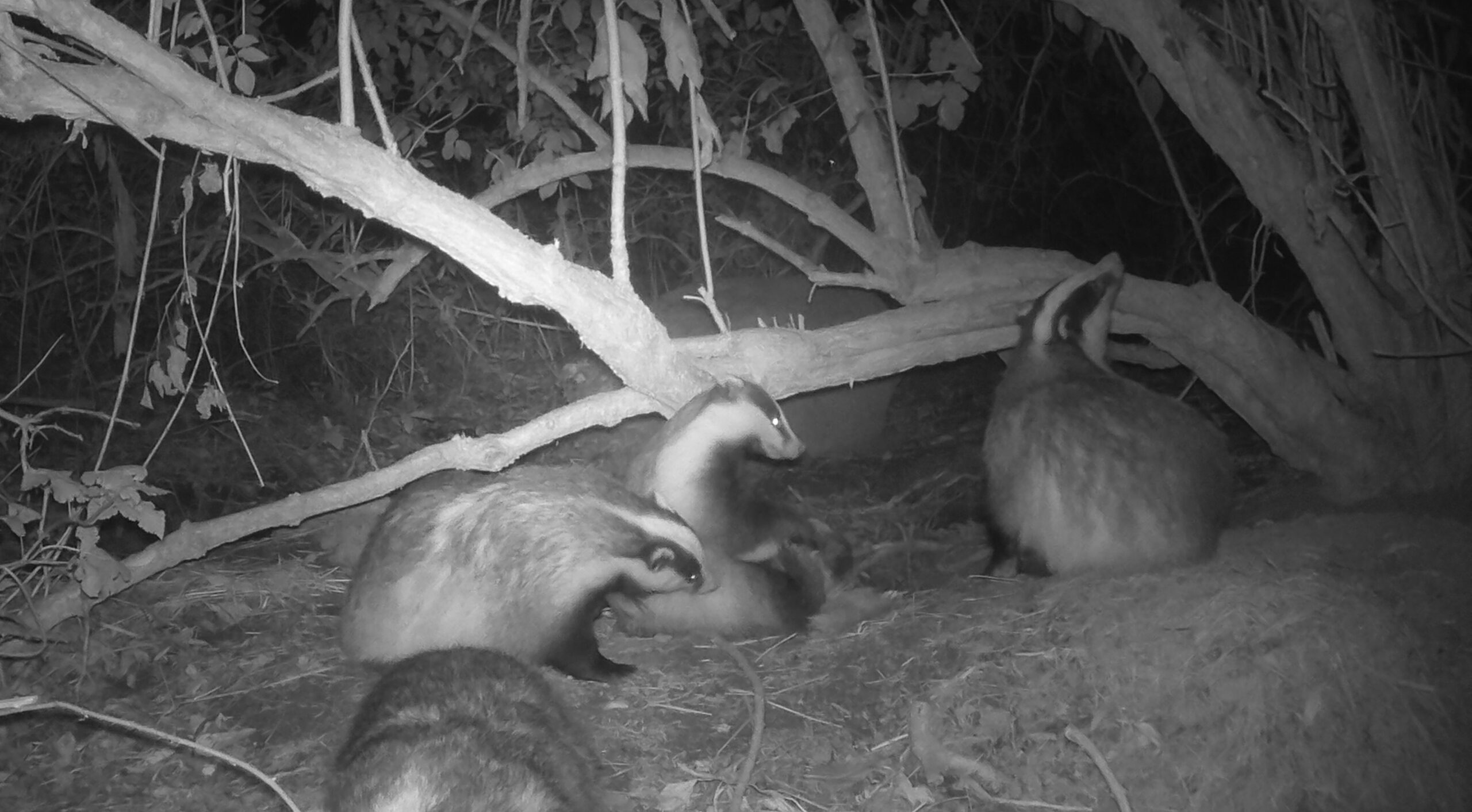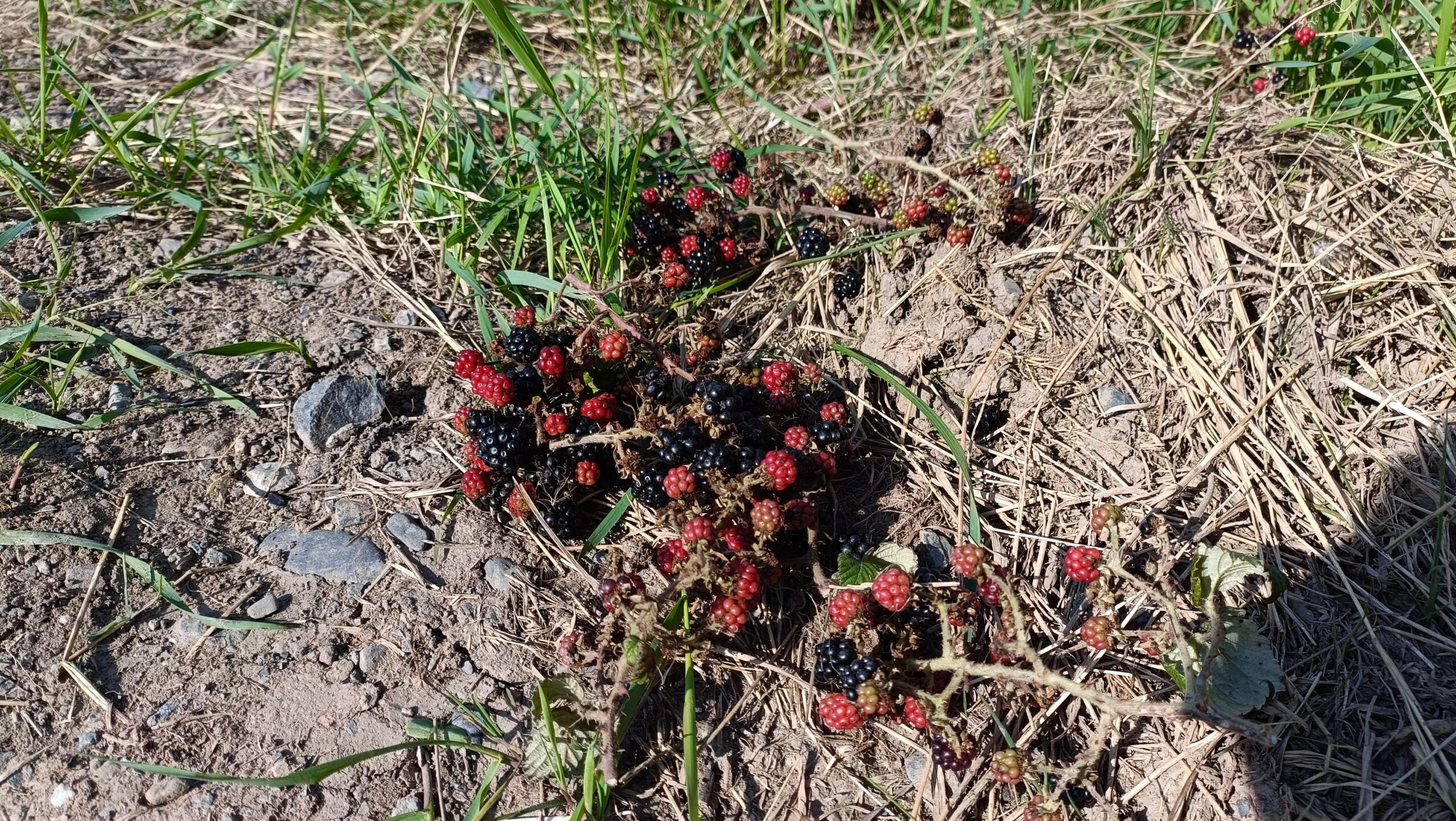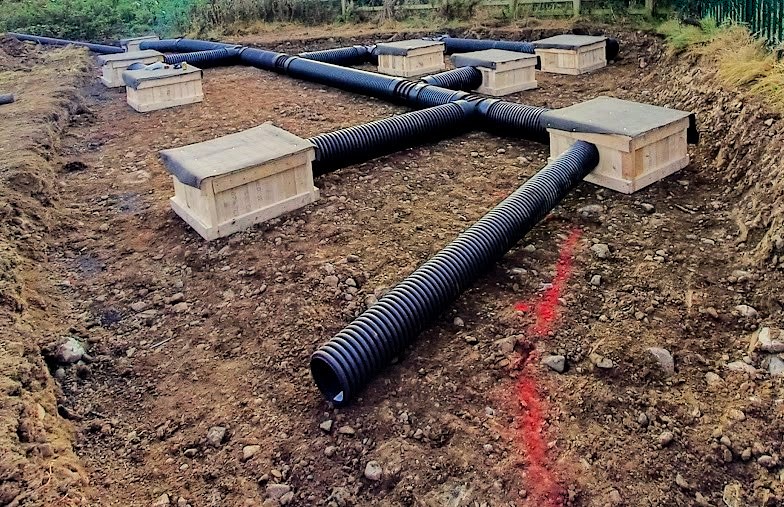Ensuring safe and sustainable badger relocation
Our Ecology team collaborates frequently with local councils, semi-state bodies, and private developers on projects involving badgers (Meles meles), a protected species under Irish wildlife laws. In this project, the team played a crucial role from pre-planning to initial operation. They assessed the status of the existing badger sett, designed a suitable artificial sett, and have now overseen the construction of the artificial sett and began the implementation of badger safeguarding mitigation measures as the site's Ecological Clerk of Works (ECoW).
Sett design and construction
The appointed ECoW visited the site for a walkover of the proposed artificial badger sett location to discuss the construction methodology and obtain precise measurements for the sett location. Following this, the ECoW designed an updated artificial sett design with precise locations and material specifications, while following documentation on best-practice guidance for sett design. The artificial sett was designed to allow for future expansion, in the event that the local badger family outgrows the size of the constructed sett.
Establishment strategy
To relocate the local badger family, an artificial sett establishment strategy was devised to encourage the badger family to incorporate the artificial sett into their existing territory. As part of this strategy, a series of camera traps were deployed at the existing sett, new artificial sett and along the lure trail, which allowed the team to observe badger commuting activity along the trail.
To attract the badgers to the artificial sett, the team baited the lure trail with locally sourced berries, which were placed along the trail and adjacent to the existing and artificial badger setts. The team also relocated discarded sett bedding and badger scat from the entrances of the existing sett to points along the lure trail and adjacent to and within the new artificial sett to act as scent lures.
The footage from the camera traps allowed the team to identify potential weak links within the lure trail, where more lure features could be placed to further encourage the local badgers towards the artificial sett.

Badgers prefer to collect dry grass bedding for their sett chambers, as the heat generated by the decay of the dry grass is higher than that of any other available floral litter, e.g. leaves.
Initial success
The local badgers began visiting the artificial sett, entering the tunnel and chamber network within two weeks of the artificial sett's construction. This quickly achieved a milestone in the relocation/re-establishment process, as a testament to the effectiveness of the best-practice luring strategies. By early winter of the same year, at least one of the four known badgers was now bringing its own bedding into the artificial sett and regularly scent-marking near the artificial sett entrances.






